As a licensed drone pilot, I've flown professionally for the past few years – capturing aerial videos for luxury real estate clients and music festivals to commercial campaigns. It's an amazing job, but there is a lot that you need to know and many critical steps to take before you can fly legally.
To help you start making money in your professional drone business (in the US), I've created this simple guide. Bear in mind that this is not legal advice; it is based on my experience. Always check with the Federal Aviation Administration www.faa.gov for the most up-to-date rules and regulations regarding drones.
Fundamental flight rules
If you are new to the drone world, here are some basic rules that you must abide by to get started, as per the FAA’s “Getting Started” guide:
Register your drone
Fly your drone at or below 400 feet
Keep your drone within your line of sight
Be aware of FAA airspace restrictions
Respect privacy
Never fly near other aircraft, especially near airports
Never fly over groups of people, public events, or stadiums full of people
Never fly near emergencies, such as fires or hurricane recovery efforts
Never fly under the influence of drugs or alcohol
To fly commercially you will need a “Remote Pilot Certificate”
How to Get Your FAA Remote Pilot Certificate
To fly commercially, meaning you are hired to fly, you need a commercial FAA drone license. Often referred to as the “part 107 drone license,” this remote pilot license is required to fly drones for commercial purposes in the United States.
To get licensed, you must pass an aeronautical exam which consists of 60 questions and costs $150. You can take it at one of the testing facilities listed here.
Although the FAA’s study materials are housed on their website (for free), this is a comprehensive and difficult test that can be intimidating and challenging to pass. Because of this, I recommend signing up for an online course that walks you through each section. For example, I enrolled in the Drone Pilot Ground School Course, which is an amazing online course that helped me to pass the exam my first try.
Once you pass the exam, you will receive instructions on how to apply for your license. Essentially, the TSA will run a background check to confirm you are able to receive your Remote Pilot Certificate.
For a detailed list of how to get your Remote Pilot's license head over to the Become a Drone Pilot section on the FAA’s website. (Note, you will need to renew your Remote Pilot Certificate every 24 months).
Register your drone with the FAA
In addition to a remote pilot license, you’re required to register each drone that you fly. To do this, visit the FAA’s drone portal and fill out a simple form. Each drone costs $5 and the fee is good for 3 years. Following registration, you’re required to label each drone with your registration number.
Purchase drone liability insurance
While insurance is not a legal requirement to fly commercially, it is highly recommended. Having liability insurance can save your business in the event of a drone accident, where there is personal injury or property damage. It also gives you peace of mind.
To be clear, in the event of an accident, liability insurance does not cover your drone but it does cover the damage your drone causes.
I use SkyWatch.AI Drone Liability Insurance and have the option to either pay on-demand for a single flight or purchase a monthly policy. An added bonus is that SkyWatch.AI has a great team with wonderful customer support.
Not least importantly, larger productions often require drone liability insurance so having insurance makes your business much more credible.
Be aware of FAA Airspace Restrictions
Before flying you will need to confirm whether you’re allowed to fly within certain airspace. For this, I use the phone app (with a web interface) AirMap for Drones. With your Remote Pilot Certificate, you may also be able to access restricted airspaces through the Low Altitude Authorization and Notification Capability (LAANC) automatic approval process. You can do this directly in AirMap, which is a great feature.
Choosing a drone
There are virtually unlimited drone options – with a variety of features and price points. My go-to drone company is DJI.
For most of my commercial work, I fly the DJI Phantom 4 Pro+ Obsidian Edition drone. If you are looking for the best starter drone – that can shoot professional 4K video and stills – I recommend the DJI Mavic 2 Pro, which retails for about $1700. In the past, I filmed professionally with this drone, and it has incredible image quality. It's also compact and is a great starter drone for those of you interested in getting into the professional world of drone videos and photos.
That being said, drone technology is constantly changing so research the best drone for your specific needs and budget.
Conclusion
Now that you have a Remote Pilot Certificate, liability insurance, and an awesome drone that is registered with the FAA, it’s time to get out there and start your drone business. Make no mistake, it is a highly competitive industry, but if you can find the right niche and clients it can be an incredibly lucrative and fun business.
Let me know what you are planning to do with your drone business. See you in the air!

